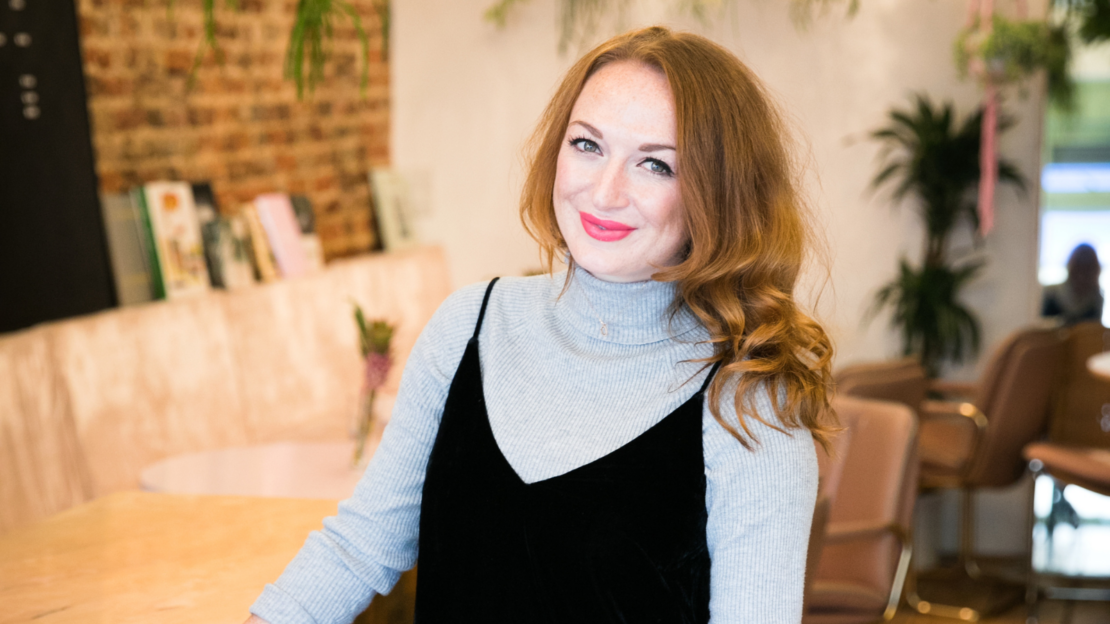Selina Donald is Founder of The Bulb, a Sustainability Consultancy for the Event and Creative Industry. In this guest blog she looks at the devastating impacts of humanity’s misuse of resources and acknowledges how the events industry is part of this problem. She believes that the solution to event-related waste is to think and design circular: Keeping things in use, rather than our current ‘take-make-waste’ approach. But how? Selina gives insight into the three principles that the event industry needs to create circular future: Designing out waste and pollution; Keeping materials and products in use; and regenerating natural systems – and how she has put them to practice through her work on the Birmingham 2022 Commonwealth Games Ceremonies.
“Earth Overshoot Day is the date each year when our collective demand for natural resources is officially in overdraft. It’s the day that we’ve used all the resources our planet can provide or replenish in a year. The bad news is that, in the UK this year, it’s May 19, and the date falls earlier every year. We’re in debt to our planet and we need to change, fast.
Humanity’s use of resources recently topped the 100-billion-ton mark for the first time ever. This is forecast to double by 2050. Some more start facts:
- 91% of plastic is never recycled and goes to landfill, sitting in our environment and creating greenhouse gas emissions.
- Plastic waste has now overtaken coal as the biggest area of emissions for the USA.
- 40% of all plastic waste is from product packaging. That means plastic wrap on pallets or furniture, the packaging for giveaways and catering.
Our industry is a huge part of this problem. The recent Towards Zero Waste Festivals report highlighted waste as one of the top three sustainability priorities of event organisers. We understand the problem, now is our time to innovate and to transform our approach. When I work with clients, waste is often the elephant in the room that no one wants to address head on. Doing so would require acknowledging and changing our standard mindsets and approaches to creative design and challenging our clients on their briefs.
Thinking towards a Circular Future
The only way we can start to tackle waste is to think and design circular. Circularity is about keeping things in use, rather than our traditional linear ‘take-make-waste’ approach. It’s about retaining value of assets, innovating existing assets and utilising low-impact materials. Circularity is based on three principles: 1) Design out waste and pollution; 2) Keep materials and products in use; and 3) Regenerate natural systems.
Design out Waste and Pollution
The Ellen MacArthur Foundation estimates that 80% of waste is created at design stage. It’s our responsibility as designers, fabricators, artists and builders to look at what we create and then redesign to eliminate waste, unnecessary add-ons and materials. It’s time to look at the amount of materials we’re using and challenge our clients to streamline, reuse and innovate existing assets.
Ask yourself this question at the start of your design process: ‘What could be waste?’ Then work back from there. This is the time to innovate and be creative, which is something we’re great at in the events industry. What off-the-shelf assets can be repurposed? If you need to build new assets, can they be modular? Interchangeable? Generically branded and built for multiple uses?
Not only does this way of thinking generate less material use, but it saves time (which is always in short supply in our industry). It also saves you and your clients money and meets potential ESG targets. It really is win-win.
Keep Materials and Products in Use
We have to start thinking about waste as a resource rather than waste. I recently worked with an award-winning designer who incorporates circular design thinking into everything he does, only building with materials that would otherwise be part of a waste stream.
Our client was in the tech industry, and the designer built a large meeting room table from e-waste, diverting 334kg from landfill. He said,
‘Computers are designed to become obsolete after just a few years, so I wanted to give those same materials a much longer life, while also creating something useful and beautiful.’
The result is two pieces of iconic furniture built from our client’s waste stream which brings to life a compelling sustainability narrative for their stakeholders whilst addressing a problem.
Regenerate Natural Systems
When I worked on the Birmingham 2022 Commonwealth Games Ceremonies, we had a Zero Waste to Landfill goal. A supplier that went above and beyond to meet this goal was Total Solutions, a Birmingham based supplier who built the Opening Ceremony’s impressive Bull Ring and Tower. To support our goal, they hired crew to specifically separate and recycle materials post-event so they could be donated, reused or recycled. All wood and steel parts were separated from their aluminum frames and donated to local enterprise, The Wood Shack. Bollards from the set were donated to Birmingham City Council and live plants were planted in Birmingham City Parks, making the city greener and more beautiful.
By ‘starting at the end’ and putting a post-event plan in place ahead of the Ceremony, Total Solutions showcased circularity in action, and diverted tons of waste from landfill whilst retaining the value of precious materials.
Investing in our Future
The journey to circularity requires a collective shift in mindsets and behaviours. We’ve risen to many creative challenges in the past, now is the time to apply that thinking to the climate crisis. Every set build, every product package, every attendee journey is an opportunity to plan a positive impact. Or not. Will we as an industry continue to take more than our share from the Earth’s resources, borrowing from future generations? Now is the time to innovate and think circular. This is our moment as an industry. Let’s grab it.”
Follow Selina Donald on Linkedin
Find out more about The Bulb
This guest blog originally appeared in our May 2023 Vision: 2025 newsletter. Sign up to receive monthly event sustainability news, case studies and guest blogs direct to your inbox.


